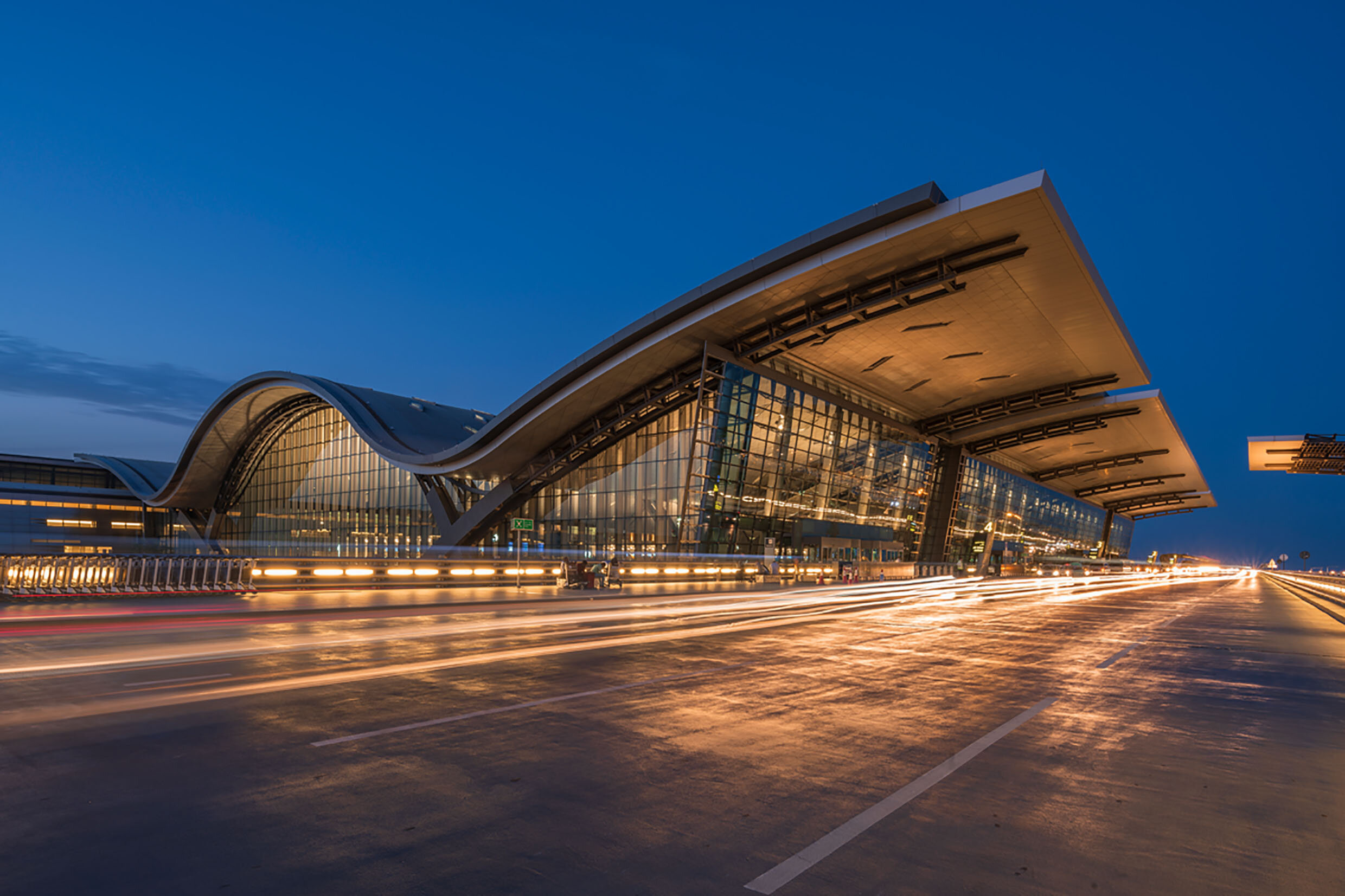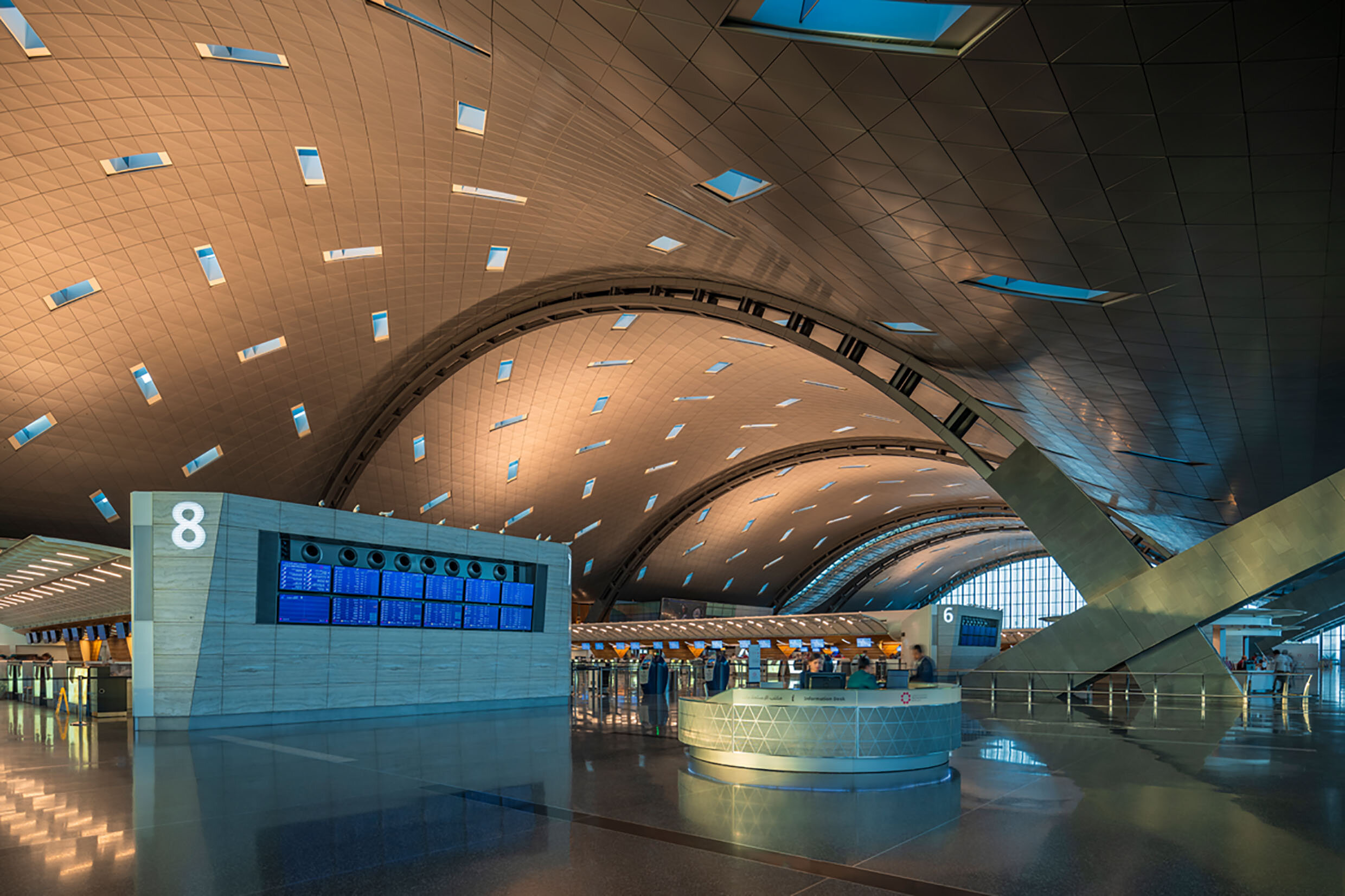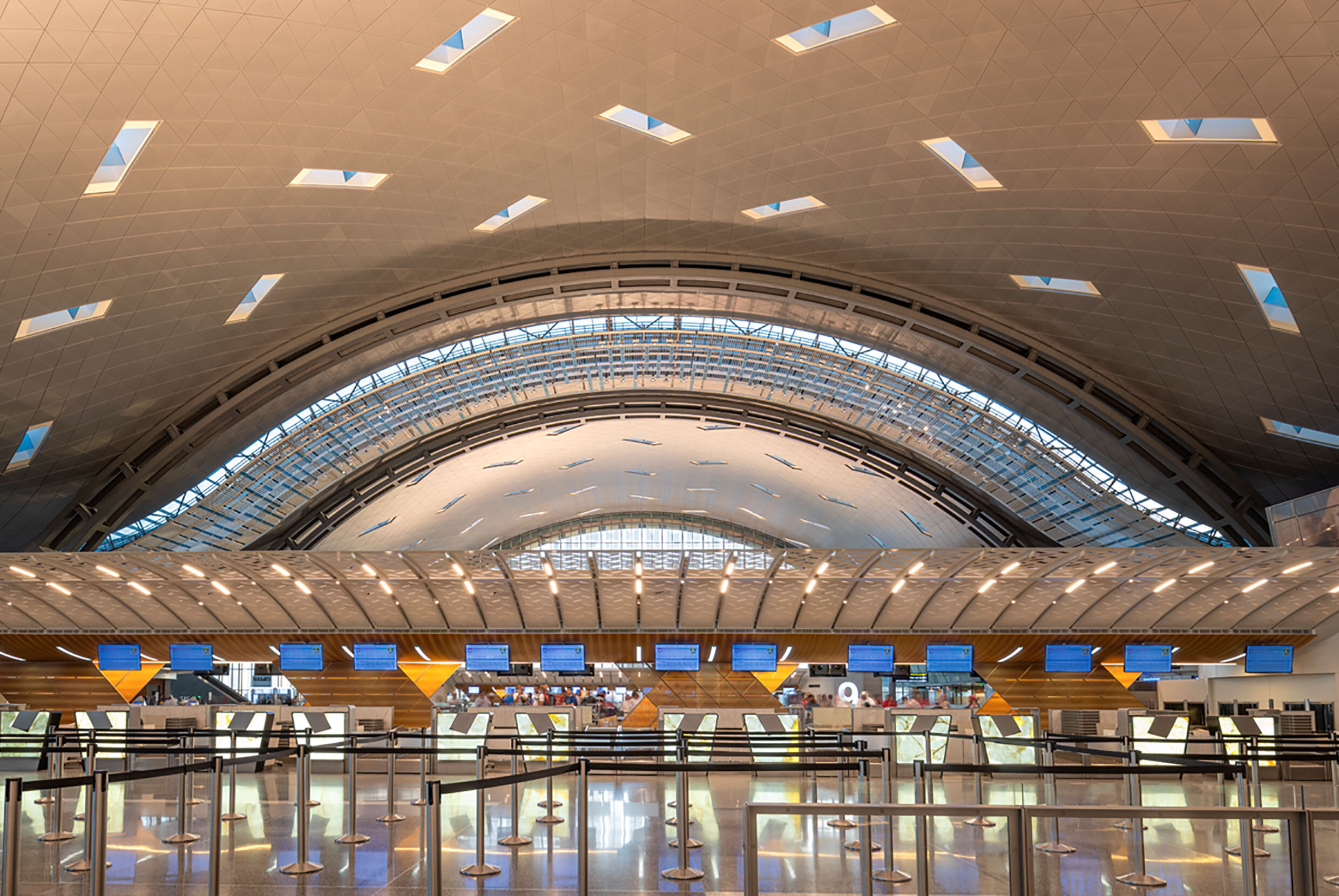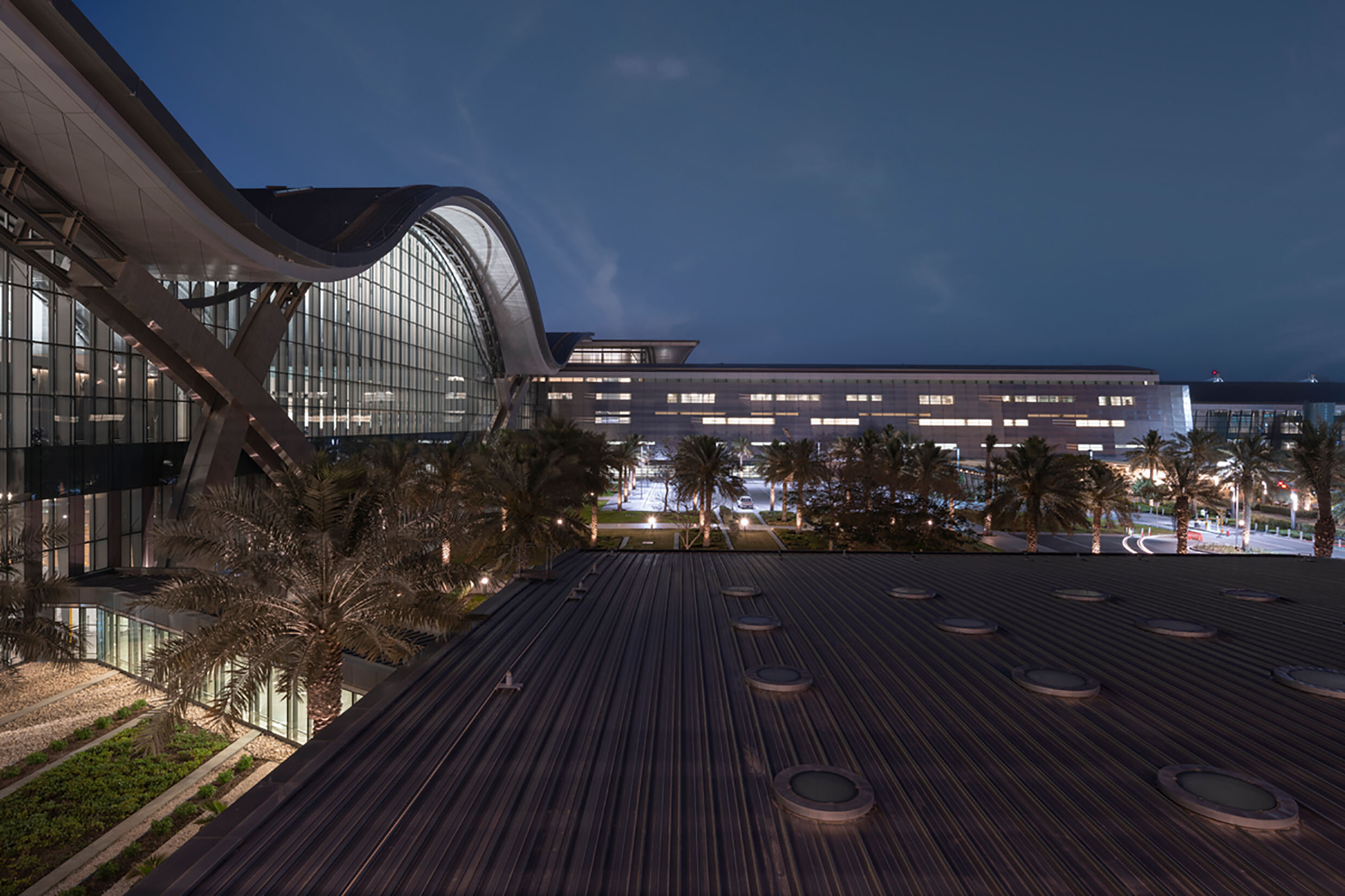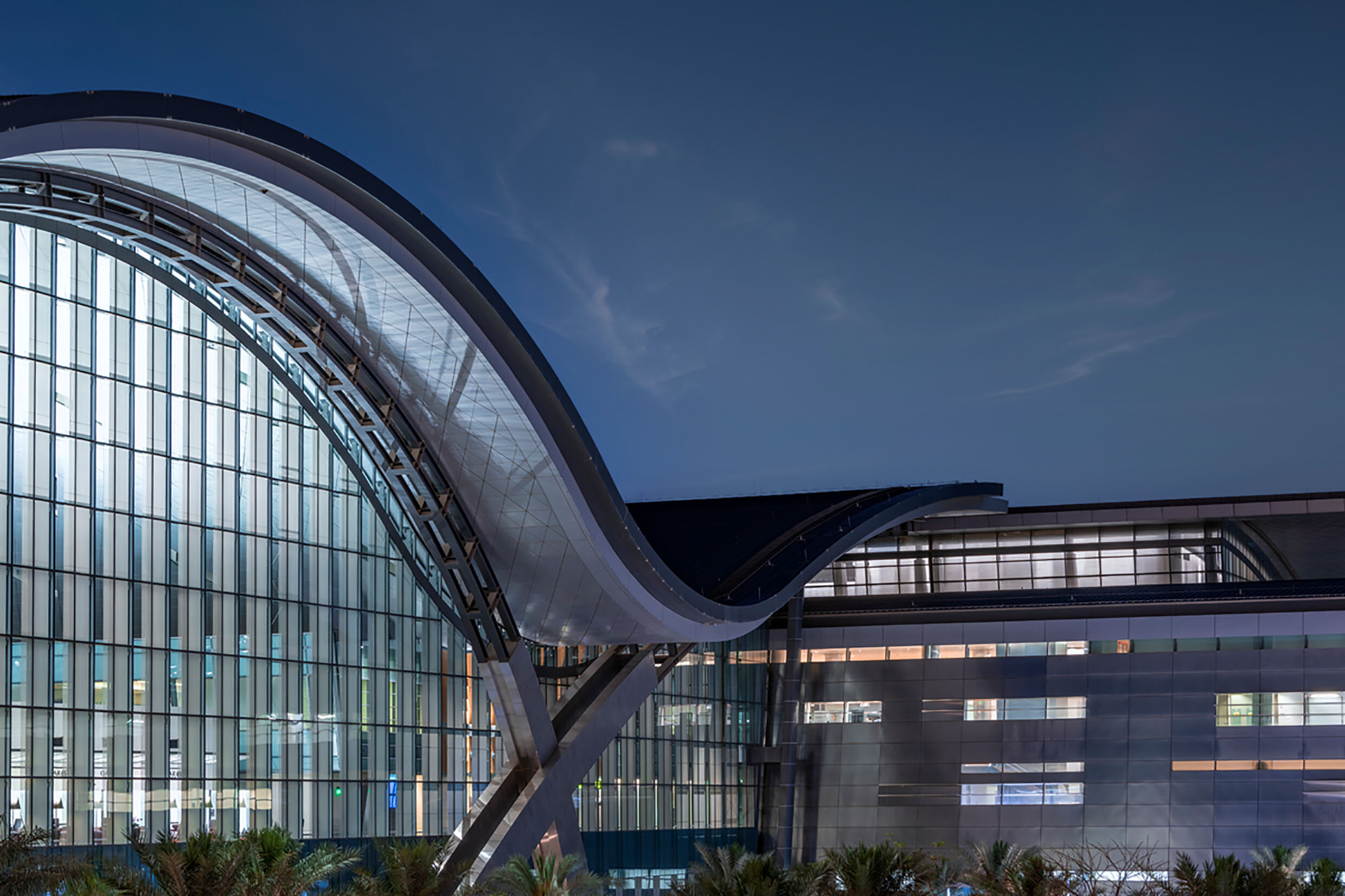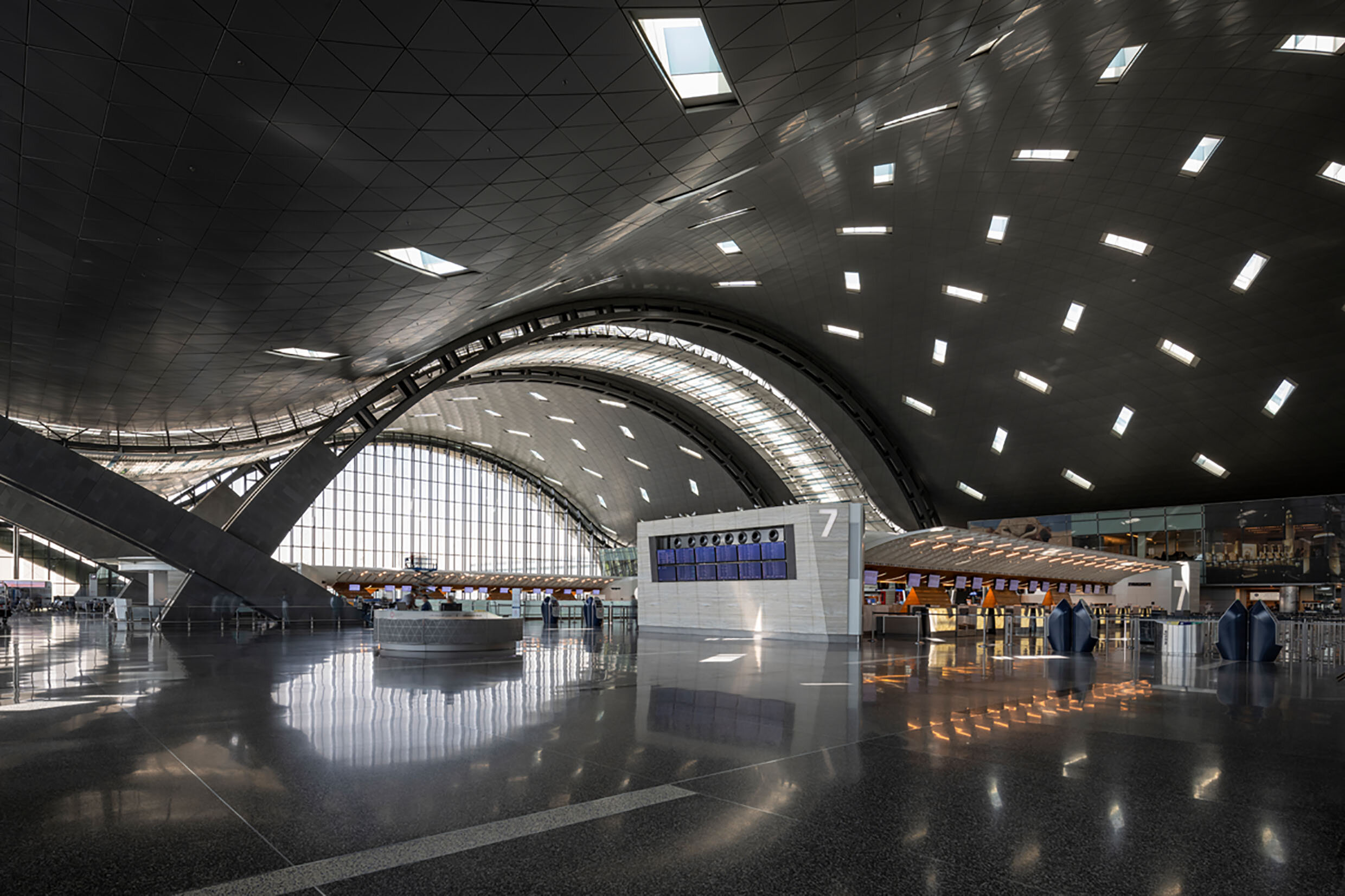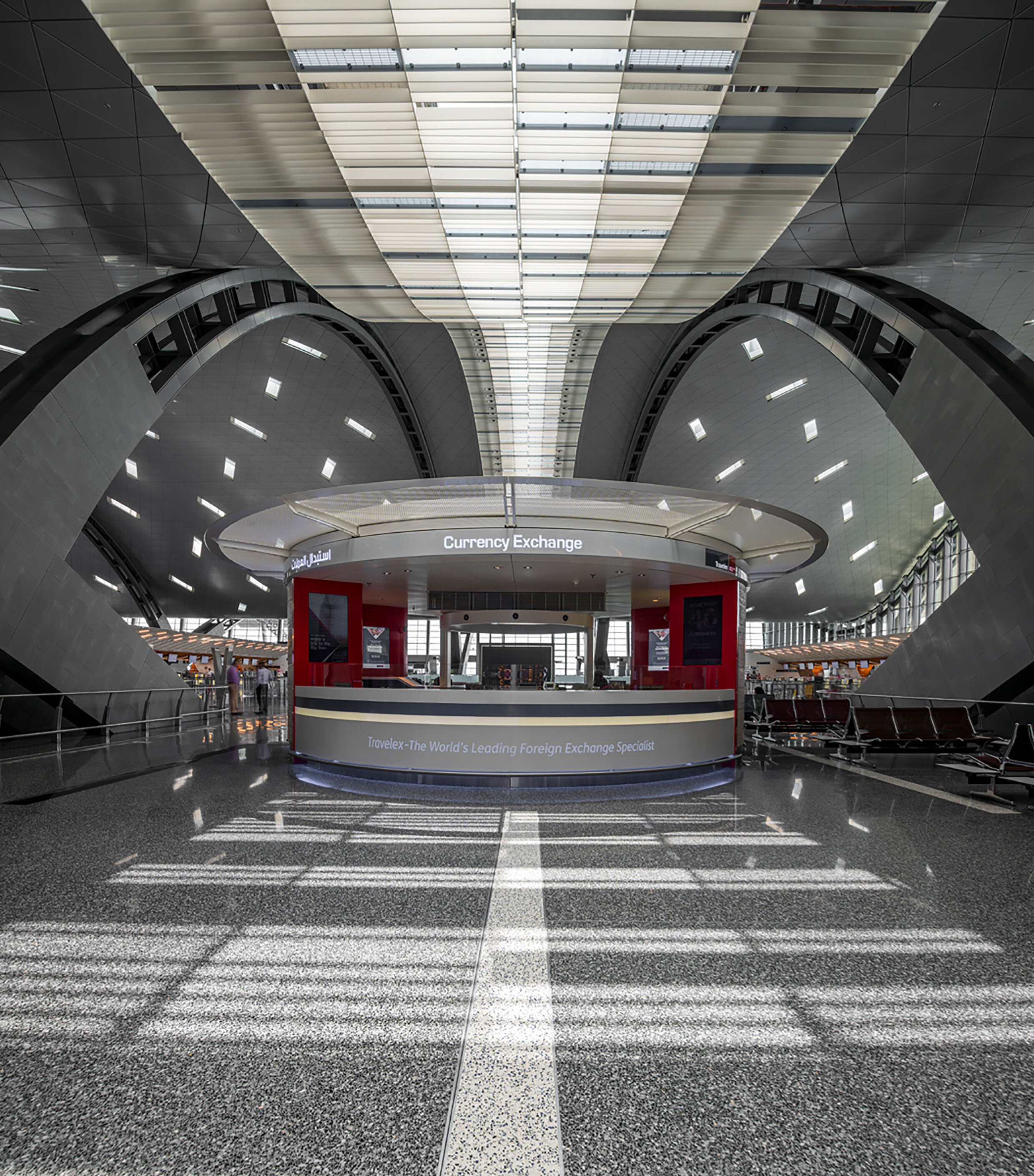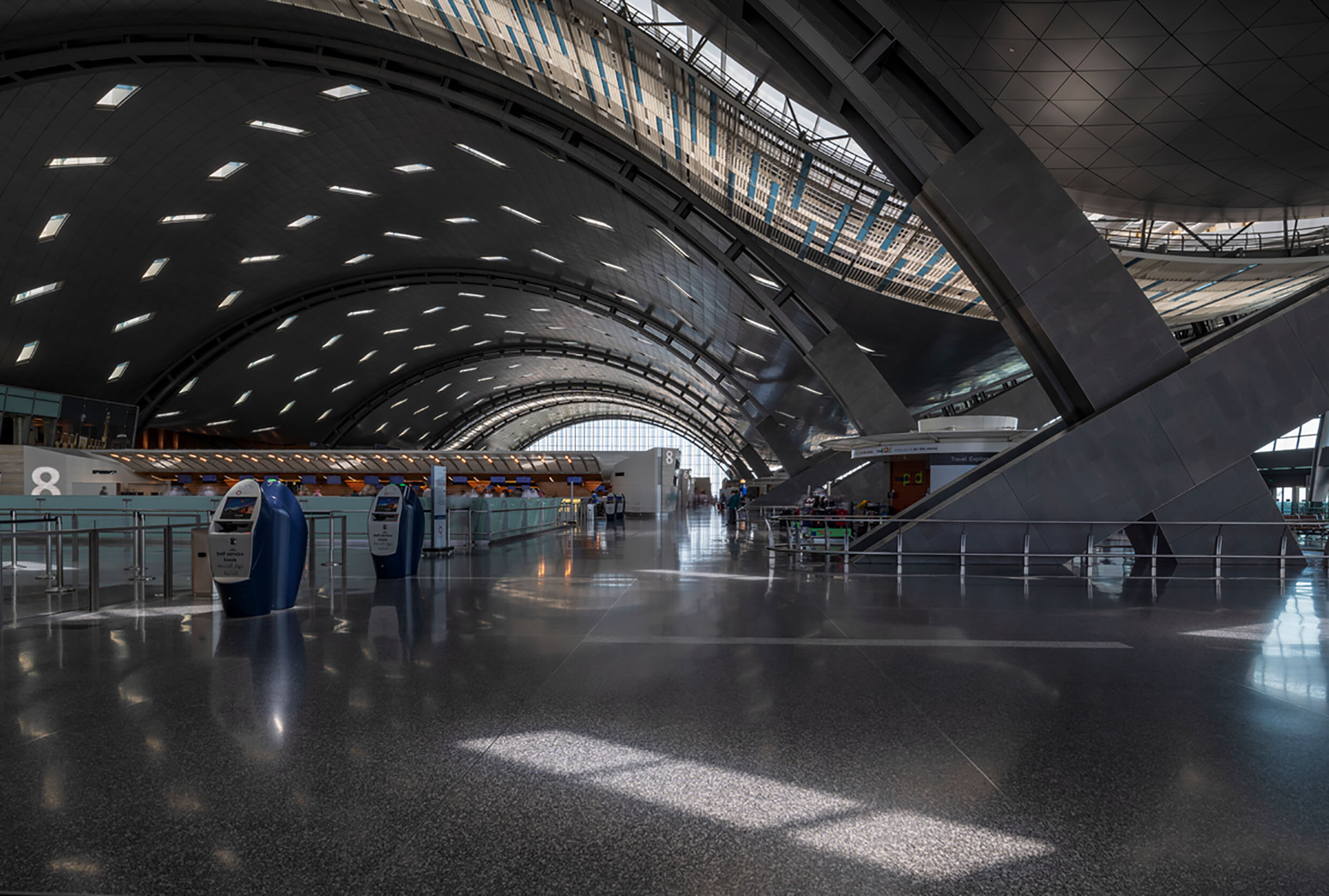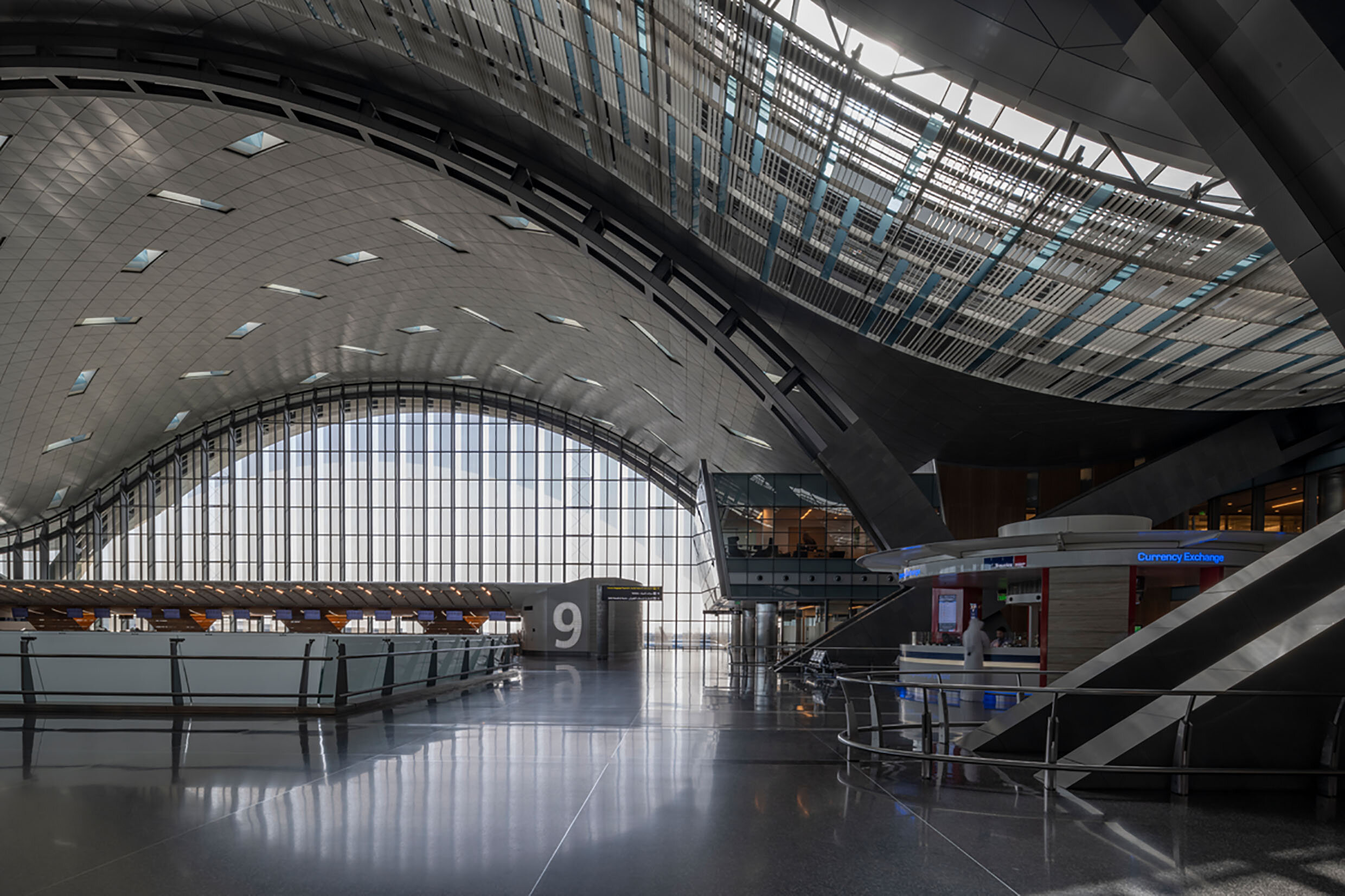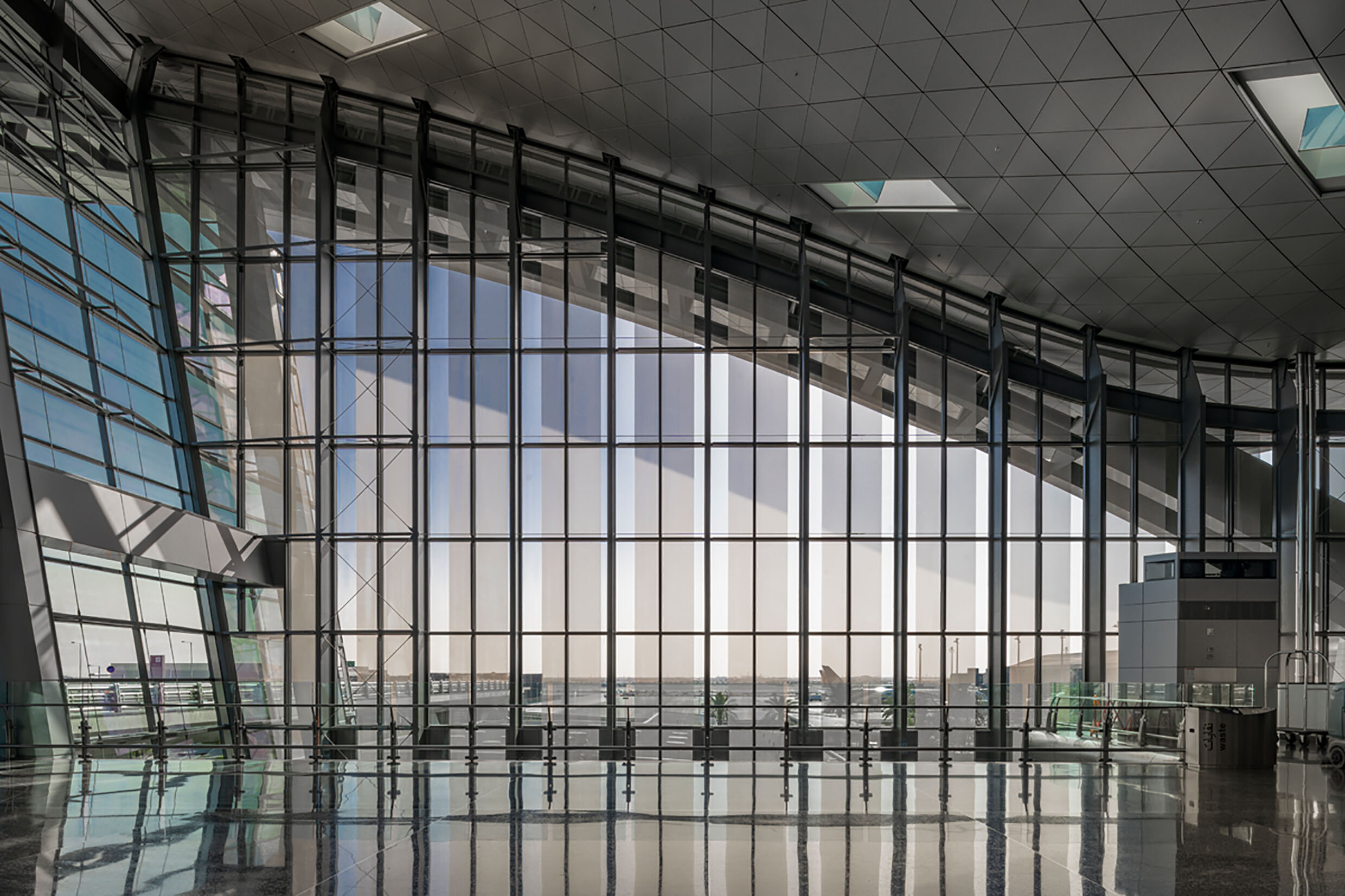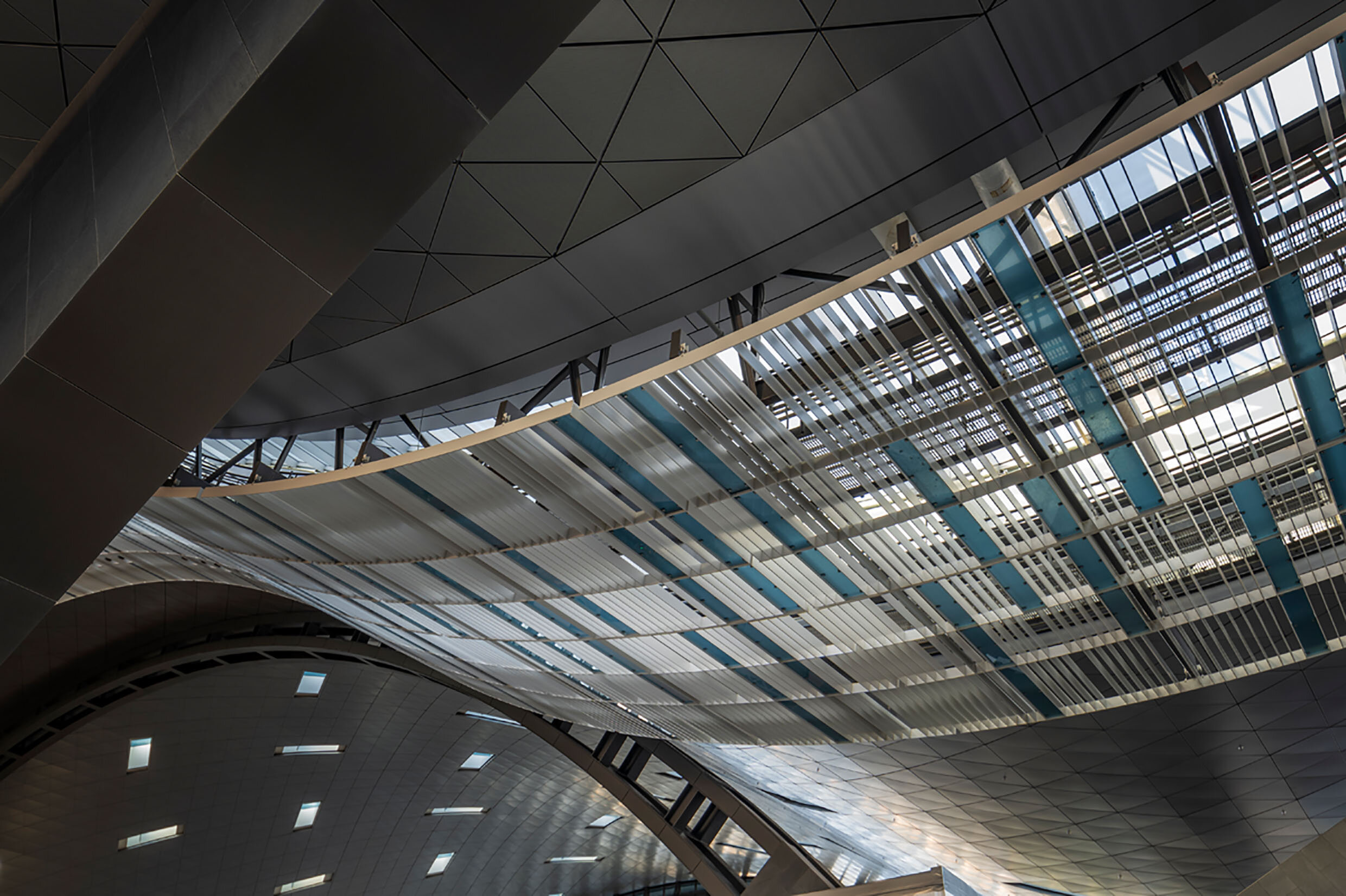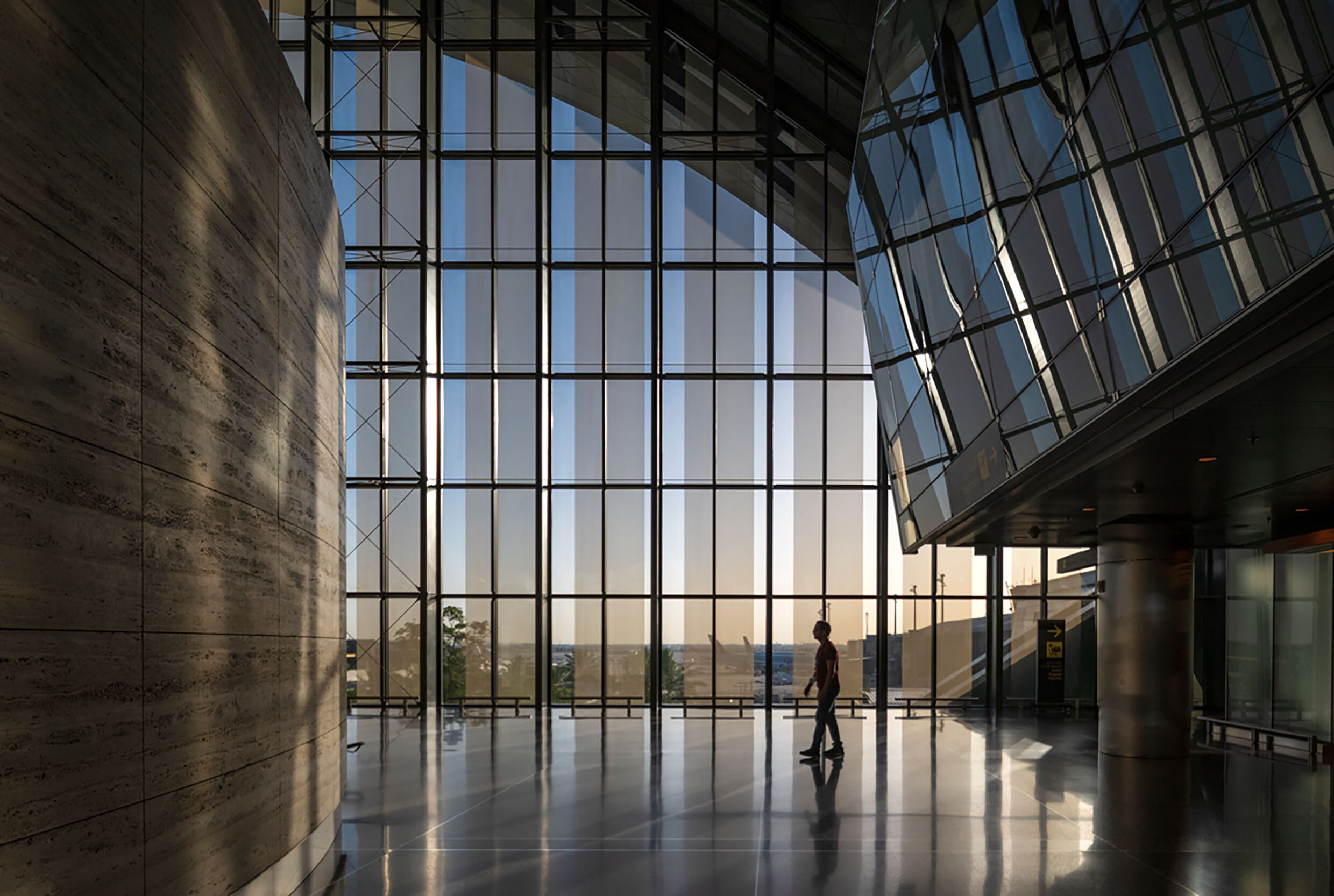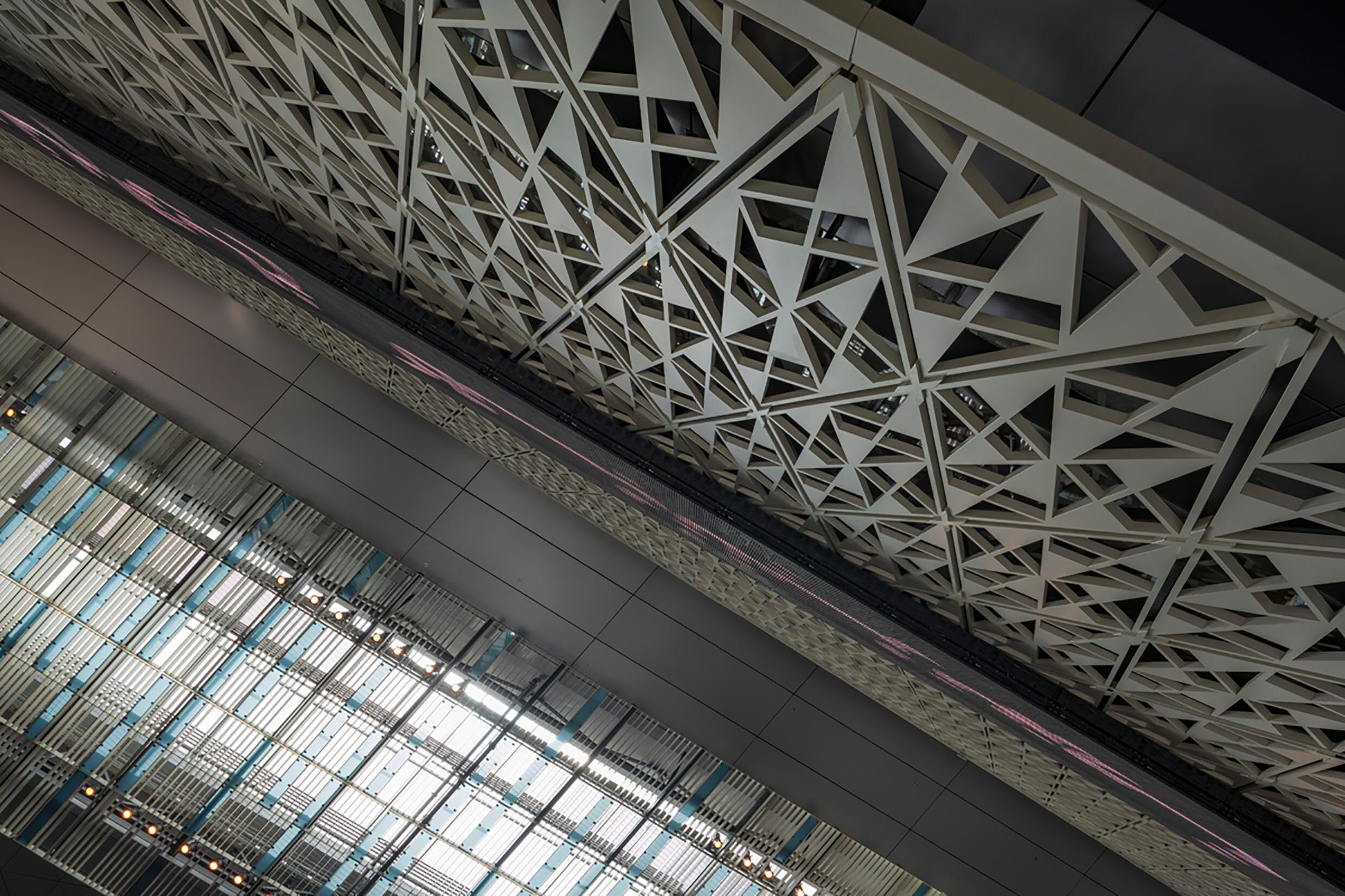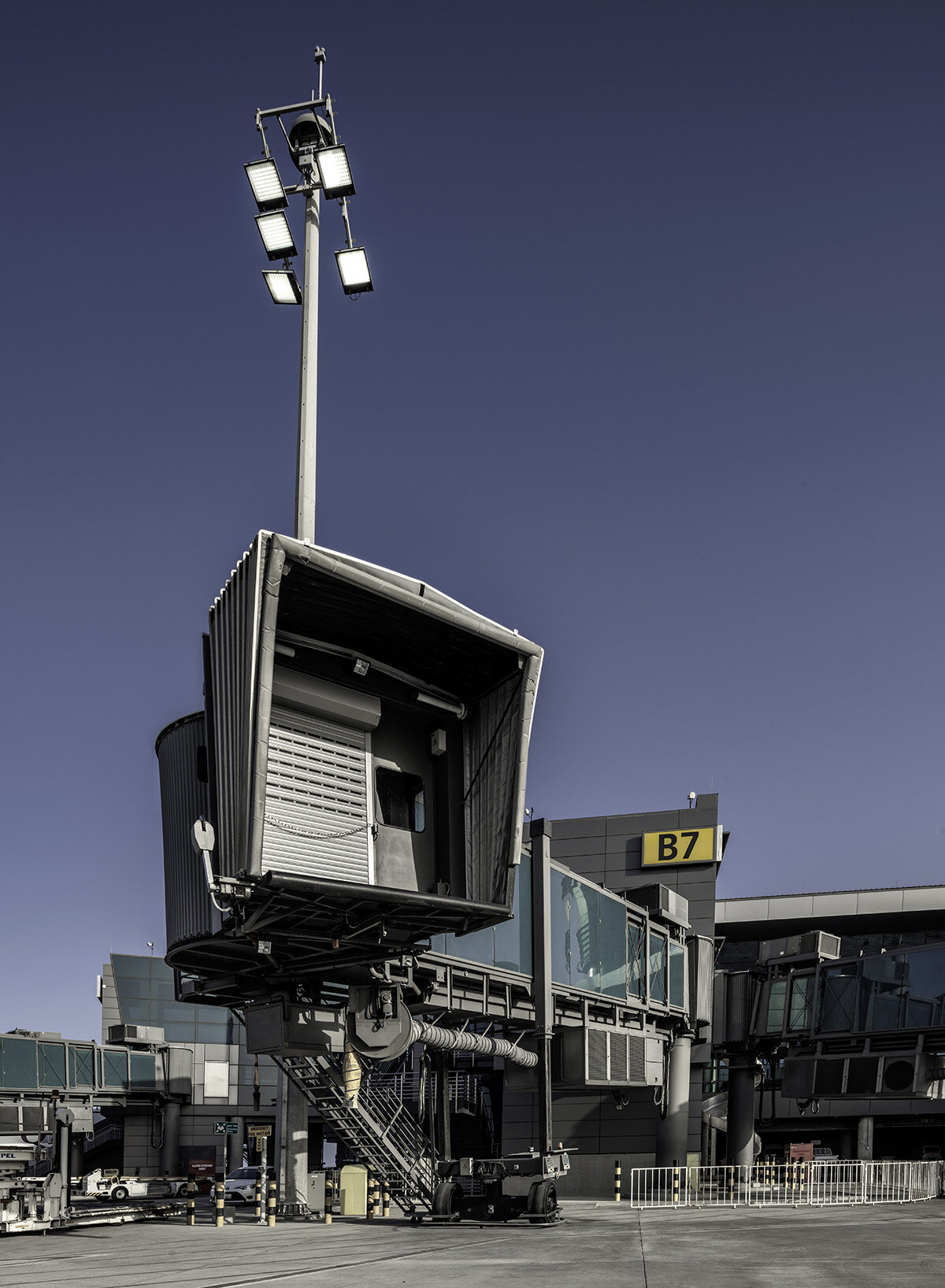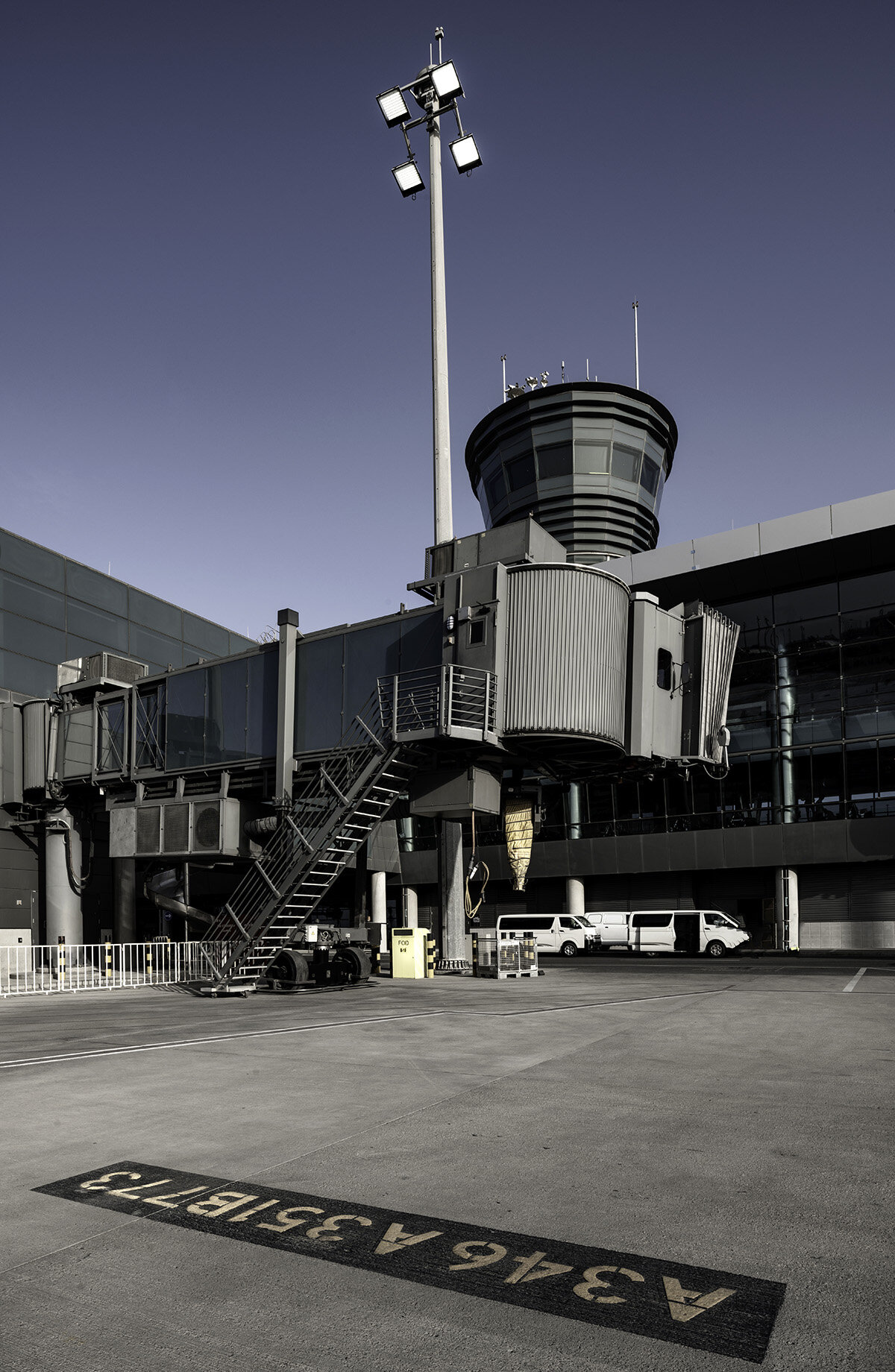Hamad International Airport I Qatar
Hamad International Airport in Doha, Qatar, stands as a striking and exemplary model of contemporary architectural excellence, seamlessly merging practical functionality with cutting-edge aesthetic innovation. Designed by the renowned firm HOK, the airport's terminal building showcases a sleek and flowing form, artfully combining expansive glass facades with dynamic and robust steel structures, resulting in an environment that feels both open and inviting to all who pass through.
The architectural design places a strong emphasis on harnessing natural light, featuring large windows and strategically placed skylights that flood the interior spaces with daylight, significantly enhancing the overall passenger experience while simultaneously reducing dependence on artificial lighting sources. The terminal’s impressive spaciousness is accentuated by soaring high ceilings and vast, uninterrupted floor areas, which together facilitate efficient passenger movement while supporting a wide range of state-of-the-art amenities.
One of the key architectural highlights lies in the thoughtful integration of distinctive art installations and carefully designed interior elements that celebrate and reflect Qatari culture, providing travelers with a genuine sense of place and cultural identity. The exterior design is characterized by clean, elegant lines and intricate geometric patterns, harmoniously paired with meticulously landscaped surroundings that beautifully complement the airport’s modern aesthetic.
Ultimately, Hamad International Airport’s architecture transcends mere practicality, successfully addressing the complex demands of a world-class aviation hub while establishing a powerful, iconic visual identity. It symbolizes Qatar’s ambitious vision and unwavering commitment to innovation, skillfully balancing advanced structural engineering with meaningful cultural expression. This thoughtful design approach firmly positions the airport as a landmark destination and an architectural beacon within the GCC region.



